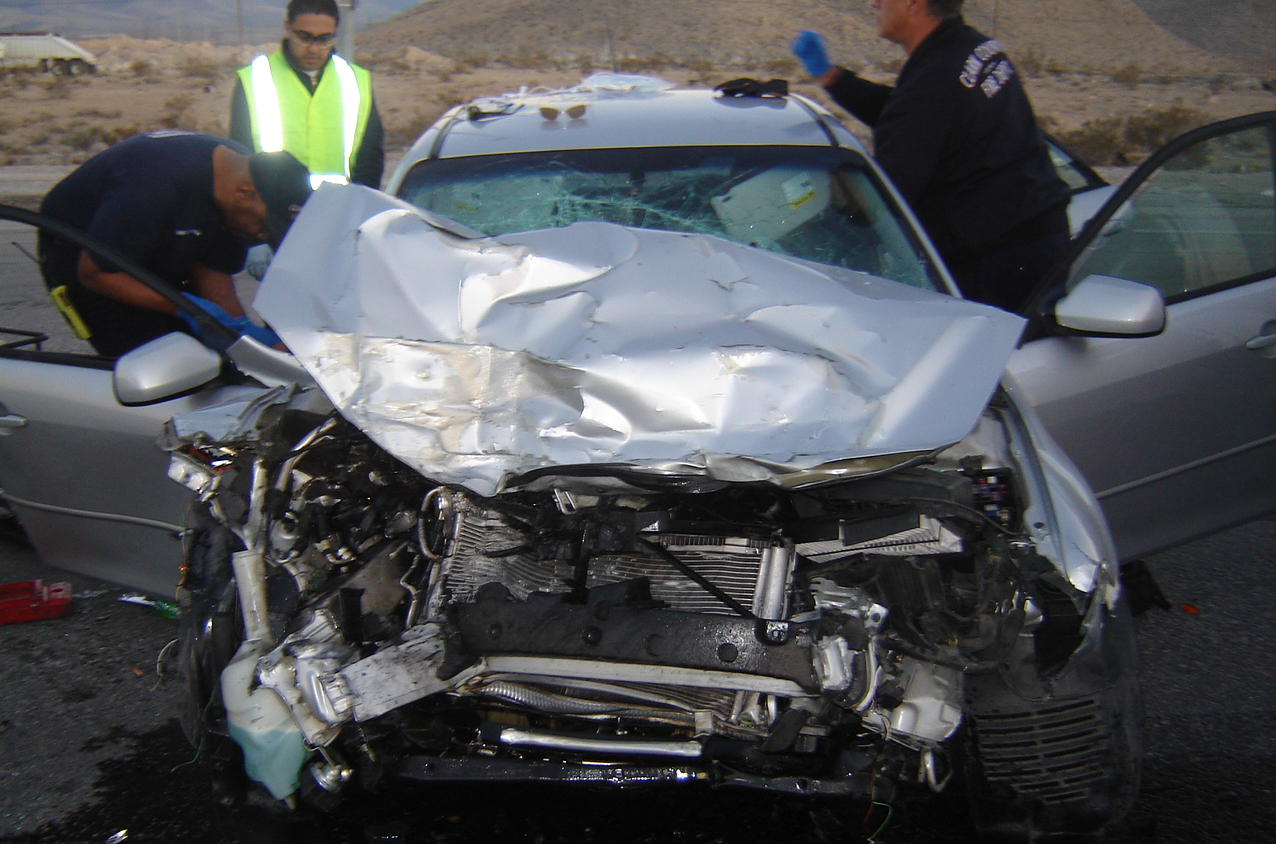Last year, nearly 40,000 people died in motor vehicle accidents, and these numbers have been on the rise since 2015. The highest increase in crashes occurred between 2015 and 2016 when the number of deadly crashes increased by a little more than eight percent. Head-on crashes are often fatal crashes and understanding them and taking precautions can help decrease the number of fatalities on the road.
Head On Crashes
Head on crashes are when two vehicles hit front end to front end, but they may also arise when a vehicle hits a stationary object head on. Some causes of head on collisions are as follows:
- Speeding: High Speeds can cause a driver to lose control of their car and cause collisions with other vehicles, barriers, traffic lights, etc.
- Drivers involved in a high-speed chase or police chase.
- Driving under the influence of drugs or alcohol
- Traveling on a one-way street or highway, especially during the night in an unfamiliar area
- Distracted driving, especially using a phone or speaking with other, or turning one’s head back to look at the passenger seats.
- Medical emergencies
The Insurance Information Institute have cited that there were almost 4,000 fatal head on crashes annually since 2017. This figure is about ten percent of all fatal crashes annually. The most fatal collision was caused by a car colliding with a tree or shrub, this was followed by collisions with curbs, culverts, or ditches. Other common fatal head on collisions included crashing into posts/poles, crashes with guard rails, collisions with bridges, and crashes with stationary objects. Less common fatal incidents included collisions with non-stationary objects. These include parked vehicles, animals, trains, as well as street carts and cyclists. [1]
Most of the head-on wrecks occur on two lane roads, and often they occur in the dark or during times with low visibility. Many times, head on collision cause the body to continue moving forward, unless being restrained by a seatbelt or airbag. Even though these restraints can help, head-on collisions can still cause injury and many times death. The most common injury is traumatic brain injury. The sudden stop caused by the collision causes the brain to hit the inside of your skull. This causes the brain tissue to tear which subsequently causes nerve damage. The movement may also cause a minor concussion or severe traumatic brain injury that could put you in a coma. Other common head-on injuries are neck injuries. Most often, the impact can cause ligament injury, as well as injury in the discs, nerves, and joints. The above injuries are the most severe, however luckier survivors of head on collisions may only suffer scratches, bruises, or minor fractures and sprains. [2]
While the nationwide percentage of seatbelt use is high at nearly ninety-one percent, Nevada has a poor safety rating in terms of seatbelt use. Statistically, if one hundred percent of drivers used a seatbelt, nearly three thousand lives could be saved.
Lastly, in addition to seatbelts and airbags, it is important that motorcyclists and bikers wear helmets when on the road. Of the fatal motorcycle crashes last year, forty percent were not wearing a helmet. Additionally, helmets saved an estimated 1,866 lives last year. Like seatbelts and airbags, helmets can decrease the severity and chance of death. Furthermore, it can lessen the trauma to the brain by providing a cushion to the skull during the time of impact.
Precautions
Using a restraint such as a seatbelt as well as having a working airbag are crucial in preventing deaths related to head on crashes. If you are unsure if your airbags are working, you might want to check your car and ensure it is in good condition. Some cars also allow passengers to turn the airbag off and on. Always make sure the airbags are enabled, especially in the passenger seat.
As always, seatbelts are important in saving lives and preventing fatal car crashes, The National Highway Traffic Safety Administration estimates almost 15,000 lives are saved every year because of seat belts. Front airbags used when a passenger who was 13 years old and older saved 2,756 people. When children 4 years old and younger used child restraints, another 328 lives were saved. [3]
Getting Compensation
Head on compensations can have severe and even fatal consequences. If the accident you were involved in was caused by someone else’s carelessness or recklessness, you should seek legal compensation. Compensation can help one cover medical expenses, lost wages, or anything lost due to the injuries and pain caused by the incident. This includes loss of consortium and loss of companionship as well. If you need help with understanding Nevada compensation laws or legal action, speak with an experienced Nevada bar licensed car accident attorney who can help you with the process.
[1] https://crashstats.nhtsa.dot.gov/Api/Public/Publication/812456
[2] https://www.enjuris.com/car-accident/head-on-collisions/
[3] https://crashstats.nhtsa.dot.gov/Api/Public/Publication/812451
[4] https://www.iii.org/fact-statistic/facts-statistics-highway-safety


